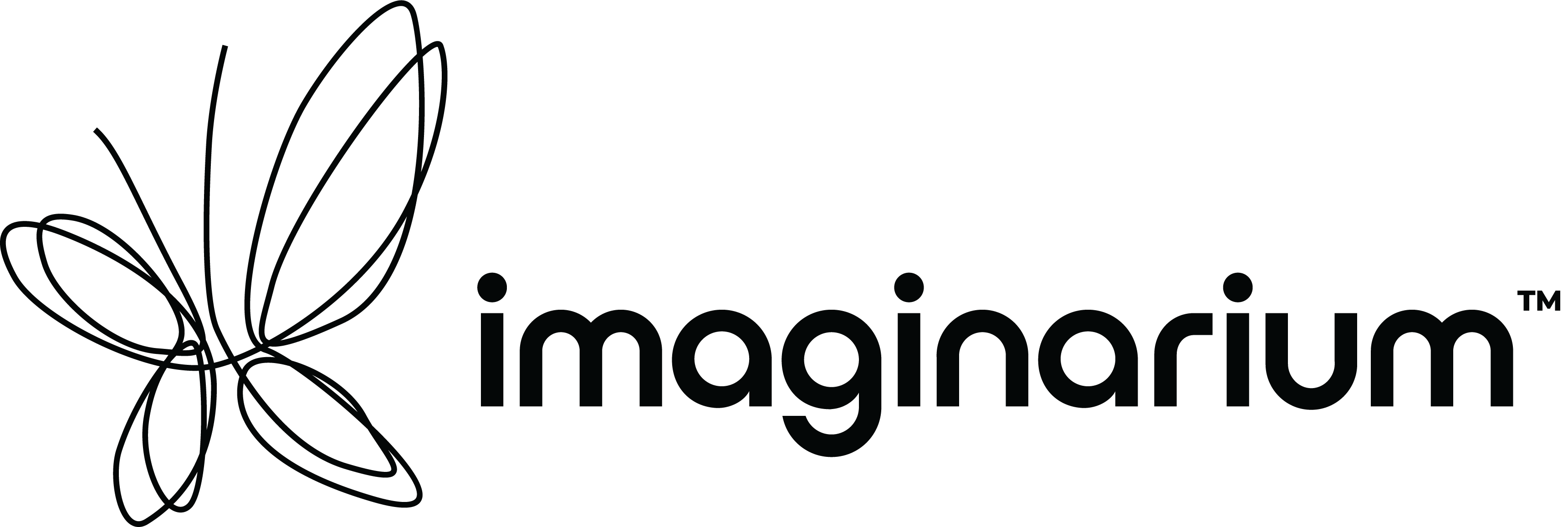Medical applications of 3D printing technology have existed for several years, but it’s only now that India is waking up to the amazing possibilities of customized patient specific solutions. At the helm of 3D printing revolution in the country, Atit Kothari of Imaginarium talks about the state of medical 3D printing technology.
What is 3D printing technology and how it can be proved as a game changer?
3D printing is a digital manufacturing process that ‘prints’ three dimensional objects, layer upon layer using a variety of polymers, metals and ceramics. This process takes digital files and converts it into a physical part. Because of the process that the 3D printers follow, complexity comes without a premium. It enables mass customisation. And, well, what is more customised than the human body?
To provide patient specific anatomical models, we at Imaginarium Life use DICOM data (MRI’s and CT scans) and convert them into exact replicas of a patient’s anatomy. This can then be utilised by doctors for diagnosis and pre operative surgeries. It not only helps a doctor be better prepared, he gains foresight to avoid any surprises during the surgery.
Another application extends to surgical guides and customized implants. Imaginarium Life works with a variety of biocompatible material that can temporarily, or even permanently, come in contact with internal organs without any hazardous repercussions. A surgical guide is akin to a stencil for a surgery, where it aids the surgeon in making a cut or drilling the bone at very specific angles in a predetermined fashion, so as to make the most precise insertions. A patient specific implant is exactly what the name suggests – an implant that does not follow the small, medium and large sizes but is customized to fit the shape and size of a patient’s anatomy. As of now, this can only be done for hard tissue i.e. the bones.
The coolest application of 3D printing in the medical segment is definitely orthotics and prosthetics. Because 3D printing helps in mass customisation we can use it for application such as the hand cast, where instead of an itchy plaster we can make a airy plaster which also looks fantastic. With desktop 3D printing, the reach of manufacturing reaches every desk, and easy enough that everyone can use it. With this there is an awesome application where the desktop machines can be taken to any place with electricity and make extremely cheap prosthetics for amputees.
How 3D printing technology is driving the healthcare sector of the county to achieve its goal?
3D printing, with its custom solutions, will have any system uplift it’s standard of living. With advanced manufacturing capabilities, it not only provides customised solutions to the patients, but also makes possible very aesthetically pleasing components, so as to get rid of social stigmas associated with crooked jaw or a dented head. With the reach that this manufacturing can achieve, it can, in a very quick manner, give amputees a new life at minimal costs.
Can a normal person afford 3D printing?
While 3D printing does add to the cost of surgery, it can also potentially bring down costs in terms of operation time, relapse surgery cost and other expenses which are not so direct. With 3D printing, we can achieve designs that are not possible to produce traditionally. Implants are designed in a way that’s a perfect fit for osseointegration structures, and this helps implants integrate better with the body, minimizing the chance for a relapse.
With orthotics, the price is not exceptionally high and can be afforded by most. With prosthetics, 3D printed solutions are actually cheaper than the current solutions available
What are the current challenges 3D printing is facing?
With the hype that is associated with 3D printing in today’s age, people believe in the long drawn myths. And more often than not, they are misleading. Battling these misconceptions and educating doctors and patients alike about what is possible with this technology can prove to be a task. A lot of the doctors follow the age old view of “if it ain’t broke, don’t fix it”. And this leads to only a fraction of them trying their hand at these new techniques. Most laws from the FDA and from the standpoint of the government are made for a high-volume-low-variety approach. Whereas where we come from, it’s a world of medium to low volume and very high variety. It’s unfortunate that a lot of these regulations restrict 3D printing in exploring and fulfilling it’s enormous potential.
How the technology is helping to train young doctors?
Practice makes a man perfect, and more so in the case of young doctors. Medical aspirants go through years of rigorous training during which they are made to operate on cadavers, which can be scarce, expensive, and difficult to store. Or, they are given foam models which may not accurately mimic the biology to precision. With 3D Printing, trainees can now work with printed anatomical models that thoroughly emulate a particular disease or diagnosis, making them more prepared than ever. Advances in soft-tissue printing will lead to surgical trainings taking an even more realistic approach; future doctors will train on live organs made from actual living tissue, only that these organs will not belong to any one person or animal, they will be 3D printed in labs as per our needs and specifications.
This article was originally published in a QnA session on BioSpectrum.
